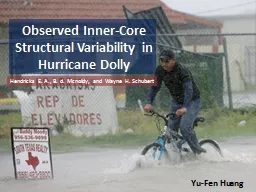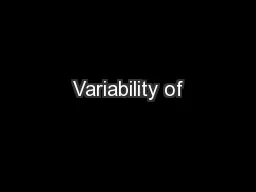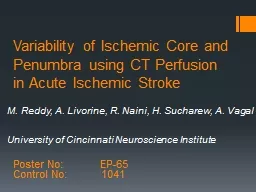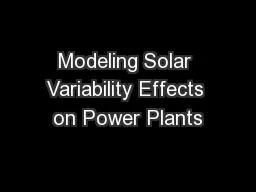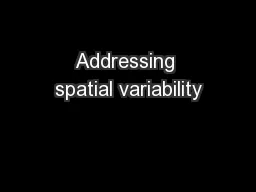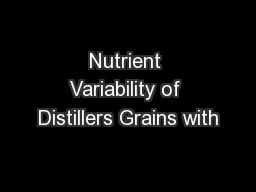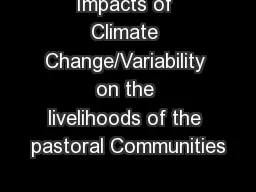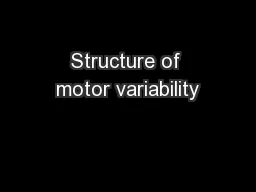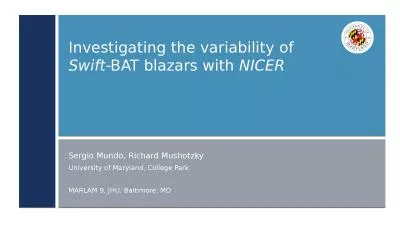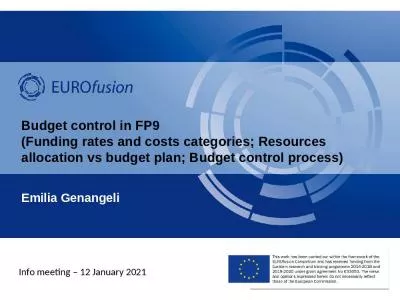PPT-CO budget and variability over the U.S.
Author : mitsue-stanley | Published Date : 2016-08-03
using the WRFChem regional model Anne Boynard Gabriele Pfister David Edwards National Center for Atmospheric Research NCAR Boulder Colorado USA NAQC 9 March 2011
Presentation Embed Code
Download Presentation
Download Presentation The PPT/PDF document "CO budget and variability over the U.S." is the property of its rightful owner. Permission is granted to download and print the materials on this website for personal, non-commercial use only, and to display it on your personal computer provided you do not modify the materials and that you retain all copyright notices contained in the materials. By downloading content from our website, you accept the terms of this agreement.
CO budget and variability over the U.S.: Transcript
Download Rules Of Document
"CO budget and variability over the U.S."The content belongs to its owner. You may download and print it for personal use, without modification, and keep all copyright notices. By downloading, you agree to these terms.
Related Documents


